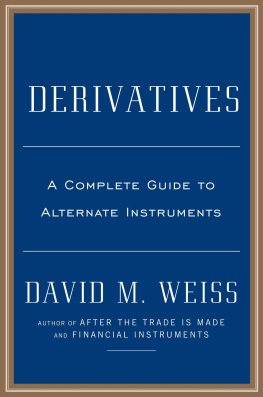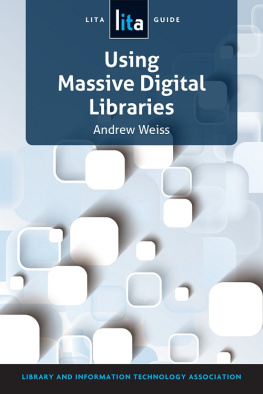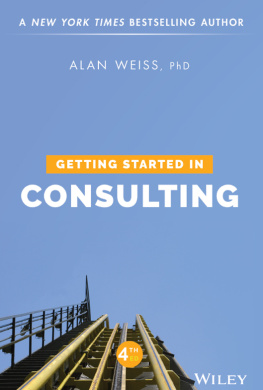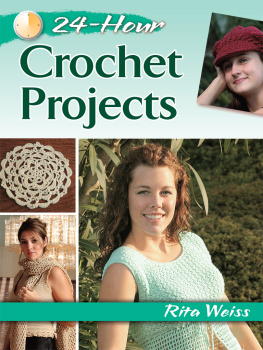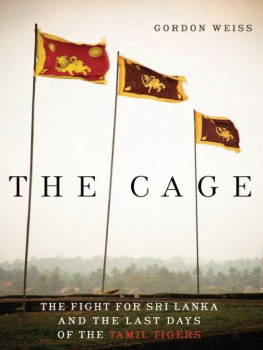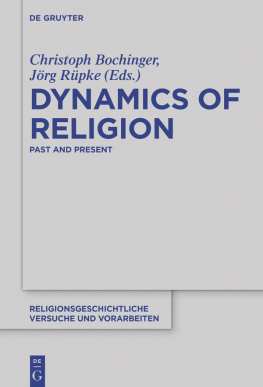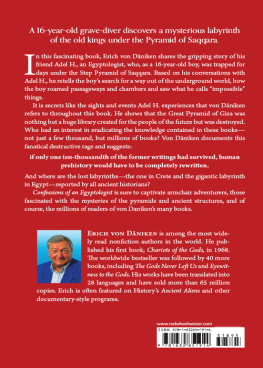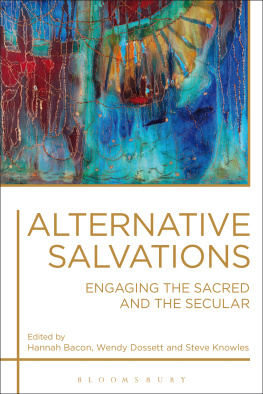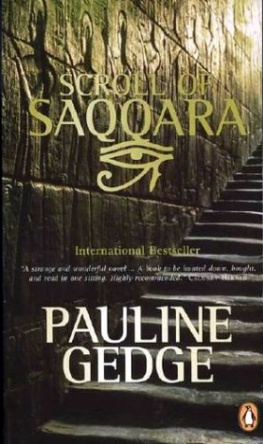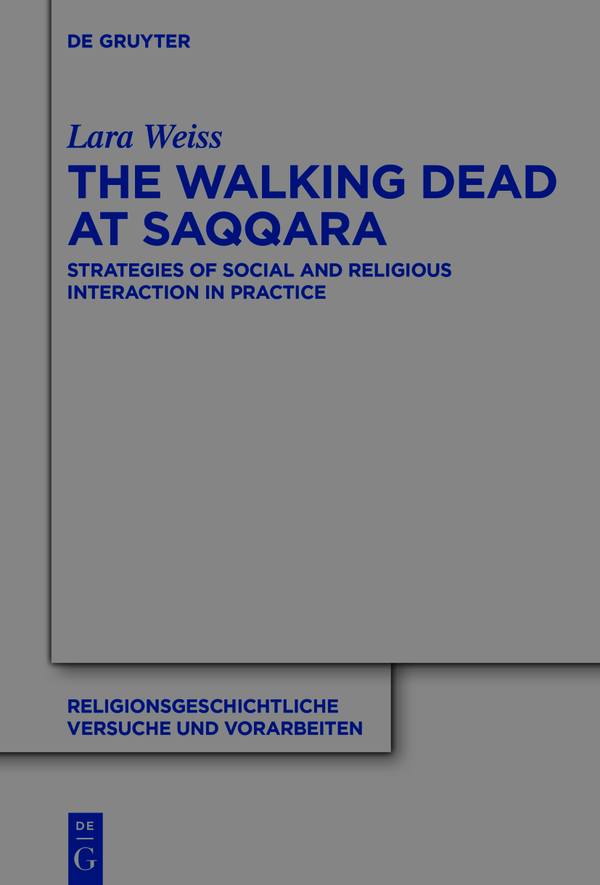Religionsgeschichtliche Versuche und Vorarbeiten
Edited by
Jrg Rpke
Christoph Uehlinger
Volume
ISBN 9783110667929
e-ISBN (PDF) 9783110706833
e-ISBN (EPUB) 9783110706932
Bibliographic information published by the Deutsche Nationalbibliothek
The Deutsche Nationalbibliothek lists this publication in the Deutsche Nationalbibliografie; detailed bibliographic data are available on the Internet at http://dnb.dnb.de.
2022 Lara Weiss, published by Walter de Gruyter GmbH, Berlin/Boston // The book is published with open access at www.degruyter.com.
This work is licensed under the Creative Commons Attribution-NonCommercial-NoDerivatives 4.0 International License.
Funded by The Dutch Research Council (NWO)
Chapter 1: Introduction
The Walking Dead in the title of the current study is of course a nod to the famous television series, but it also has a more serious meaning alluding to the fact that from an ancient Egyptian perspective, the deceased and other spiritual beings were actually part of the life of the living and interacted with them. A flowery description of this worldview has been provided by Thomas Mann in his famous Josephroman:Nicht allein, da Himmlisches und Irdisches sich ineinander wiedererkennen, sondern es wandelt sich auch, kraft der sphrischen Drehung, das Himmlische ins Irdische, das Irdische ins Himmlische, und daraus erhellt, daraus ergibt sich die Wahrheit, da Gtter Menschen, Menschen dagegen wieder Gtter werden knnen. A distinction between this world and the next or the like is therefore to be rejected. If borders existed, they were highly permeable in the context of everyday life in New Kingdom Egypt at Saqqara, for which the current study seeks to conceptualise the various strategies of interaction.
1.1 Scope and motivation
The past does not exist as such. Rather, it exists only as it is incarnated and reincarnated in memories, texts, objects, and our ongoing collective activity of reconstruction. Nor is the past that is embodied in an object a fixed quality. It comes to be transformed as its audience and the circumstances in which it is encountered are themselves transformed. The historical significance of an object may itself be reconstituted historically.
The above quote stems from a study of Indian images but it is highly relevant for the ancient Egyptian context as well, especially if we seek to understand how religious traditions developed over time and how we can reconstruct them in the archaeological record, which reflects the mutual interaction between humans and their environment.
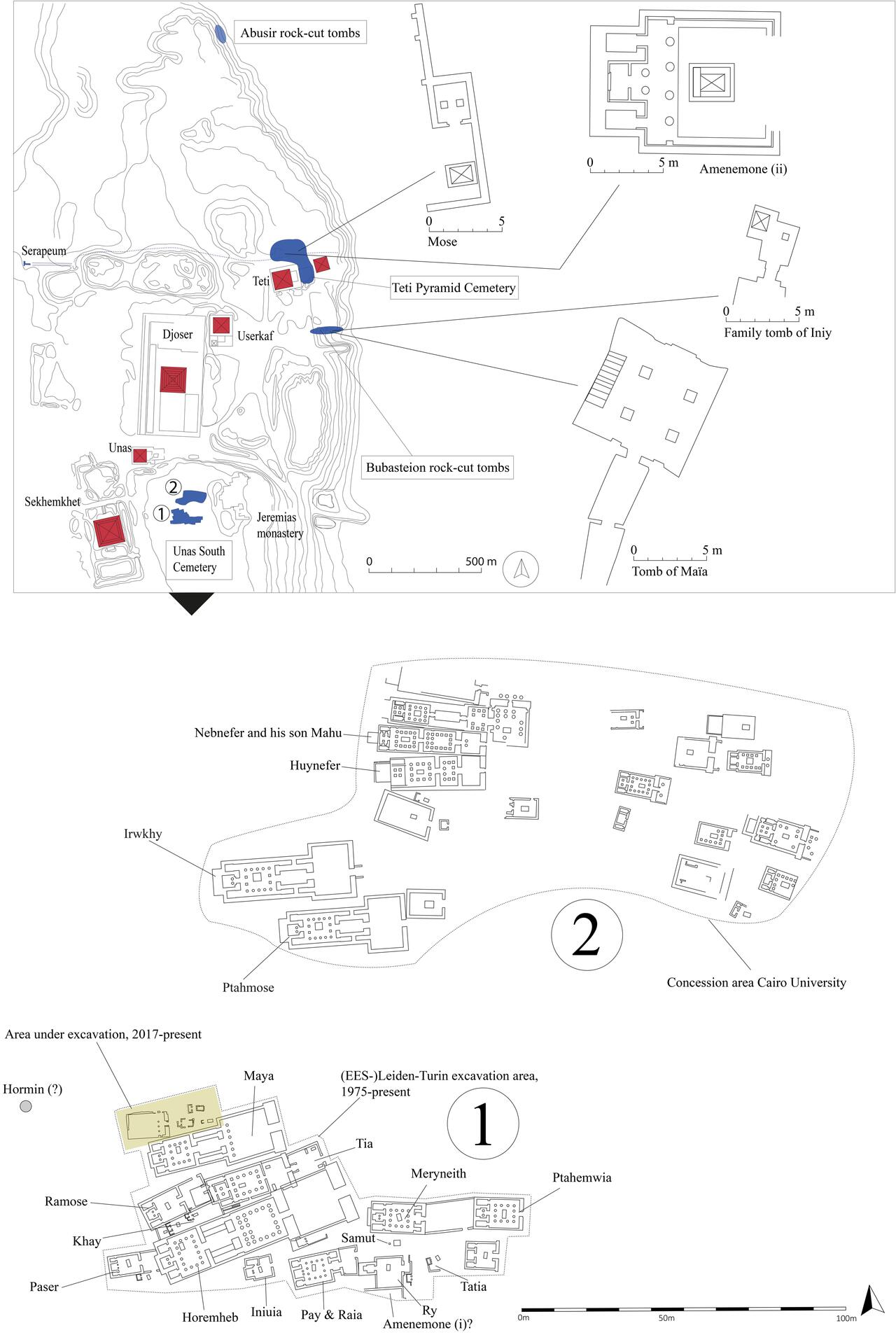
Fig. 1: Map of Saqqara with thanks to Nico Staring. This map shows the structures with known location mentioned in this study.
The site also provides an excellent case study because of the great work of almost 50 years of excavations by the now Leiden-Turin Expedition to Saqqara, the Egyptian Even though the evidence we have from ancient Egypt in general often stems from mortuary contexts, peoples lives did not centre around death. On the contrary, in the perception of the ancient Egyptians the deceased remained part of the world of the living. As Martin Fitzenreiter aptly described it:
they come forth and sit at [offering] tables; they haunt the living, sowing discord and disease; they offer themselves as healers, saviours and mediators to the gods; and their fate in the terms of myths of the Osiris plays an eminent role in the interpretation and manipulation of the nexus of culture and nature.
This continuing interaction between the living and the deceased in ancient Egypt is exemplified, for example, by the practice of writing letters to the dead. For the ancient Egyptians family continuity was vital because an eternal afterlife depended on an ongoing stream of offerings, and indeed descendants to perform them.
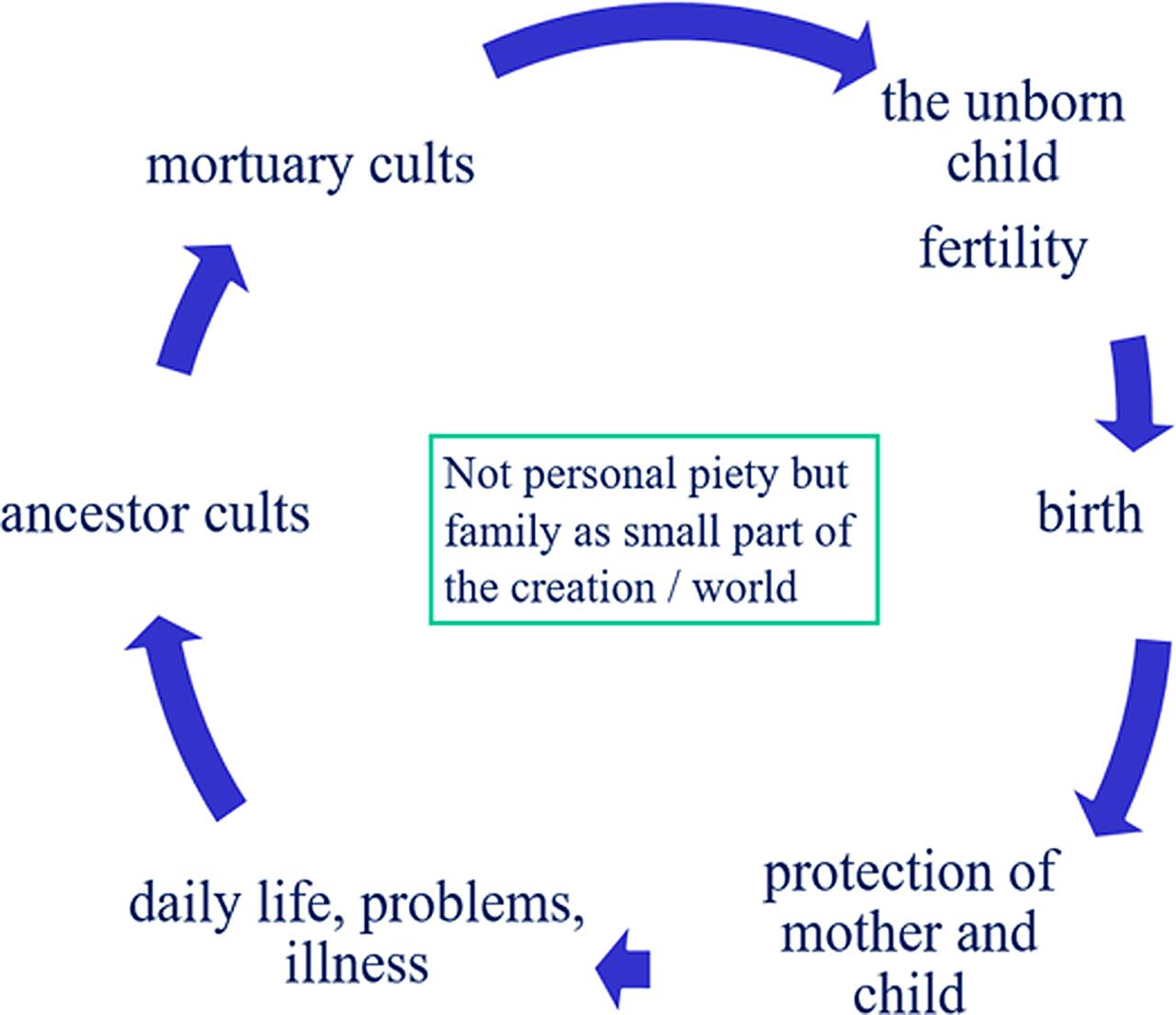
Fig. 2: Family religion in ancient Egypt. Author.
The evidence from Saqqara, however, requires widening the scope of research: the textual and material remains aimed at a broader audience and constituted wider extended families or households (see also chapter 2). Susan Gillespie offered an apt definition for such households:
Groups referred to by the term house are corporate bodies, sometimes quite large, organized by their shared residence, subsistence, means of production, origin, ritual actions, or metaphysical essence, all of which entail a commitment to a corpus of house property, which in turn can be said to materialize the social group. Houses define and socially reproduce themselves by the actions involved with the preservation of their joint property, as a form of material reproduction that objectifies their existence as a group and serves to configure their status vis--vis other houses within the larger society.
While household archaeology typically refers to the study of the domestic, and the Egyptian evidence can only provide us a snapshot of those interrelationships.
1.2 Hypothesis: Strategies of creating and maintaining reminiscence clusters
Matters of cultural memory and the wish of the Egyptians to remain have been studied in detail. A fan of bipolar models, Jan Assmann distinguishes between two types of memory: a communicative one, in terms of everyday life memories that are transmitted through orality, and cultural memory, in terms of an objectified and institutionalised memory that is stored, transmitted, and reinvented throughout generations and is basically a collective memory that allows people to understand their cultural practices. While cultural memory is the long-term collective memory of a culture, communicative memory is confined to the recent past of three to four generations. The latter is what I am interested in for this study, namely an in-depth study of the cultural practices people performed at a daily life level to keep the communicative memory alive.
A significant problem with Assmanns concept of memory is that it is a normative category, presuming a given understanding of that very memory, whereas an analytic category should ask which memories are reproduced by whom, and in what situation. The conceptualisation of the evidence from Saqqara as reflecting reminiscence clusters thus sharpens the lens of research and conceptionalises choices and strategies that people made. Thereby a distinction between communicative and collective memories becomes obsolete: small scale strategies and interaction constantly constitute, but also negotiate, amend, and even invent, the bigger picture.
1.3 Introducing the praxeological approach
In spite of the seminal work on the research history of the individual interaction with the divine by Michela Luiselli, It therefore seems useful to briefly define the concepts used in this study before diving further into the material analysis.
1.3.1 What is agency?
Following a seminal article by Mustafa Emirbayer and Ann Mische, agency is conceptualised here as:
a temporally embedded process of social engagement, informed by the past (in its iterational or habitual aspect) but also oriented toward the future (as a projective capacity to imagine alternative possibilities) and toward the present (as a practical-evaluative capacity to contextualise past habits and future projects within the contingencies of the moment).


